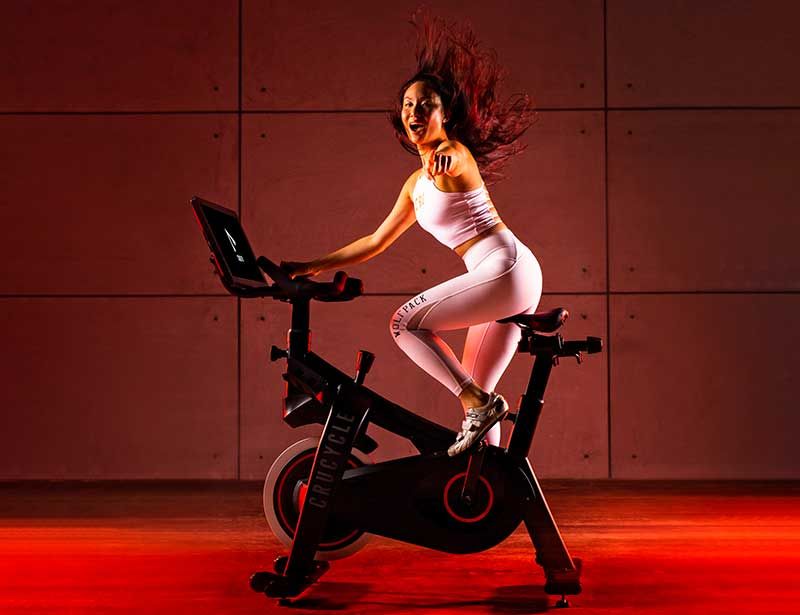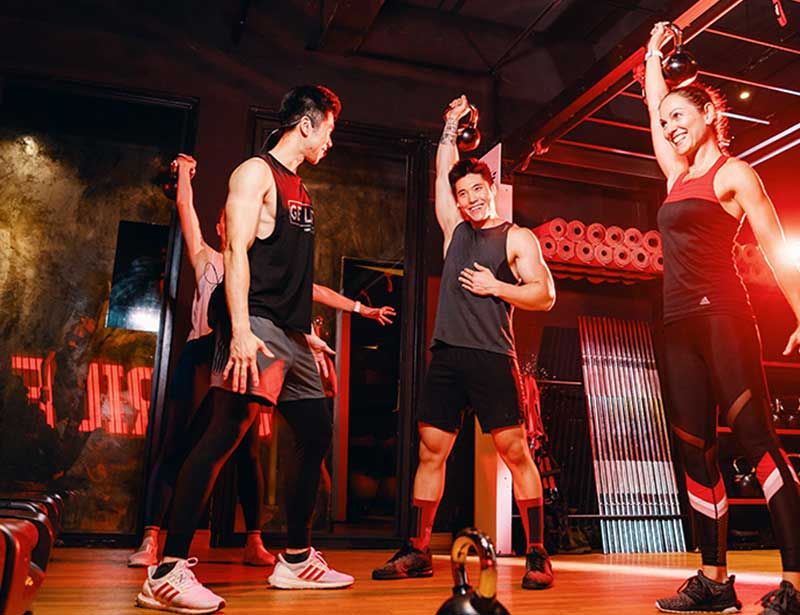Asia-Pacific
The word from New Zealand
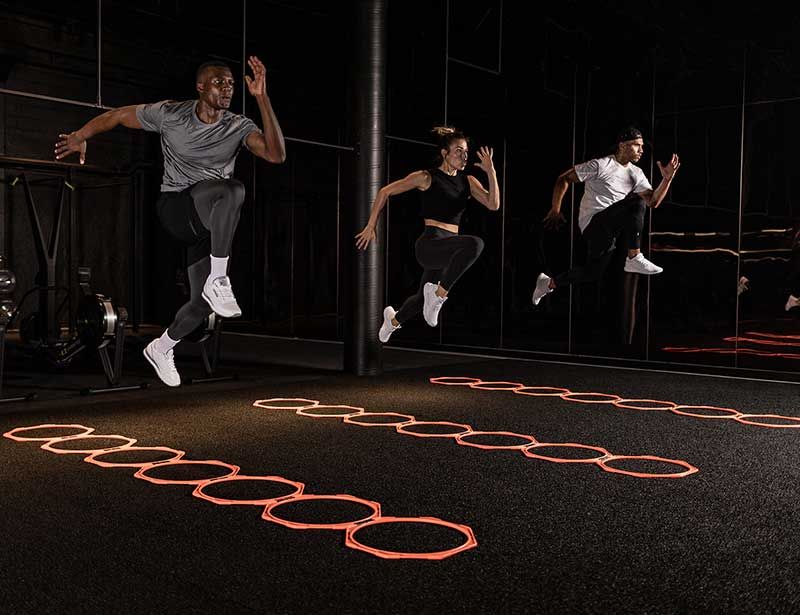
There’s an easy way to wind up a New Zealander. Actually, there’s more than one, but the one I’m referring to is quoting at them the well-worn analogy that life in New Zealand is ‘like going back to the 1950s’. The subtext being, life here is slow, pastoral and mono-cultured, with dinner at 5.00pm and no need to lock your doors at night. It’s a subtext that’s guaranteed to trigger your modern urbane Kiwi.
However, there’s definitely a taste of the olden days at the moment. It’s just that the clock has wound back one year rather than 50.
If globally, our collective time stopped at COVID o’clock back in March, in New Zealand, time has slowly ticked back to January. Not quite to a New Year’s Day mindset of: ‘This is going to be the best year EVER.’ More the January 10th phase, where your resolutions are wavering and you’ve still not started your novel, but the year still seems like it might be bright.
Like a few other lucky countries, New Zealand is currently COVID-free. The virus lurks at the borders and we’ve been through lockdown pain, but right now we can go to gigs, visit grandparents, plan our summer holidays, work from the office and, yes, go to the gym.
Business as (nearly) normal
The initial COVID impact was severe for the fitness industry here: clubs were closed for six weeks, with memberships suspended or cancelled. Since then, there’s been a slow walk back to normality through the gates of social distancing and de-escalating alert levels to the current Level One at the start of June. (To note: Auckland had a separate two-week lockdown mid-August, after a short-lived community outbreak, but the rest of the country was largely unaffected). At the current Level One status, there are no formal restrictions for fitness clubs across the country.
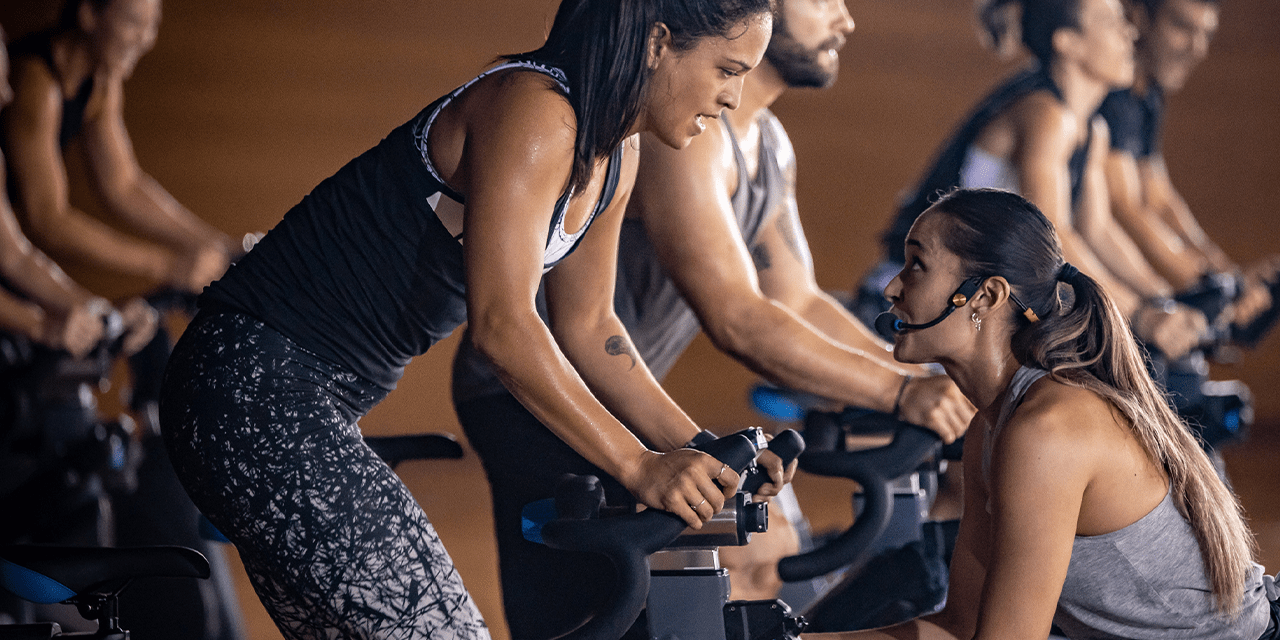
At first glance, a trip to the gym feels the same as it ever did: courting couples, newbies being shown around, dads trying to hold back the years, that guy who always wears jeans (why does he wear jeans?) – and not a face mask in sight.
Look a little closer, though, and you’ll see the ubiquitous government COVID-19 posters and QR code check-ins for the national tracer app at the door. Additional spritzing and cleaning by conscientious staff and hand sanitiser stations are the other conspicuous changes.
some sites are at 95 per cent of january numbers, with class attendance back to something like normal
Like the rest of the world, club owners in NZ have felt the financial pain of mandated closures and the knock-on effects for their members. The initial lockdown cut income to zero and it’s been a task to build member confidence and site visits since then. The good news is that across the industry, gym visitation, revenue and new membership sales were tracking above 85 per cent (compared to the same time in 2019) by the first-half of August and have slowly been improving since then. Some sites are back at 95 per cent of January numbers, with attendance in group fitness and the cardio floor back to something like normal density and frequency.
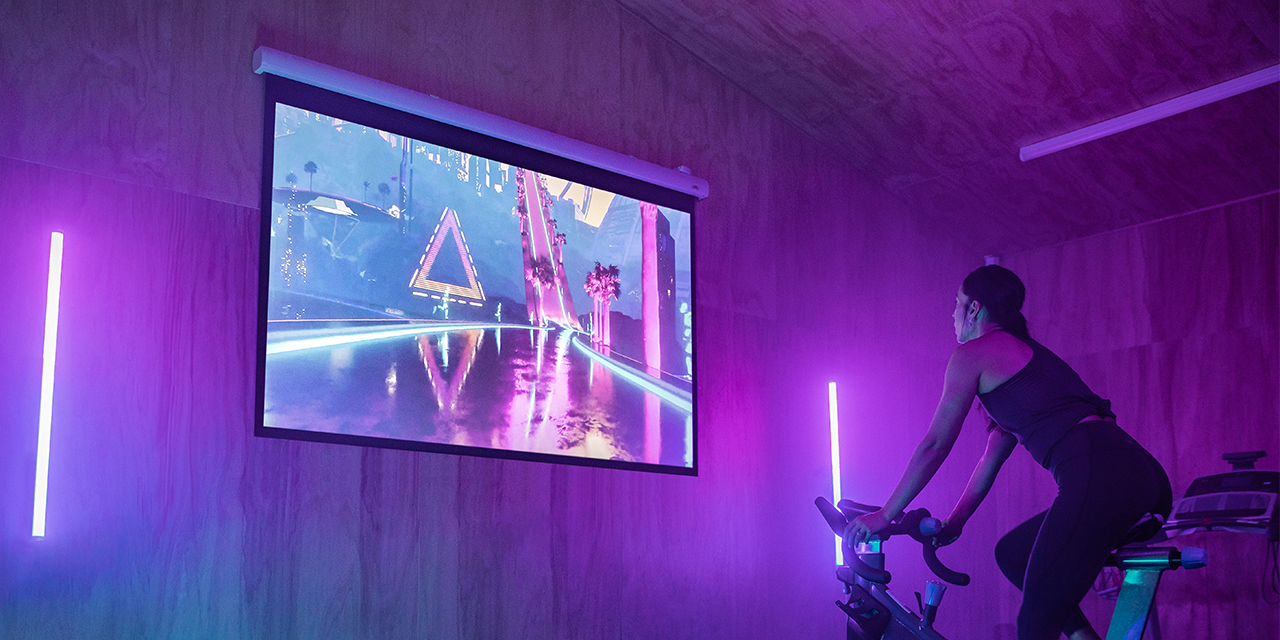
lockdown saw the state broadcaster tvnz airing a daily les mills workout to get the country moving
Inner city clubs, particularly in Auckland, continue to be the most impacted by the COVID hangover: a combination of reduced foot traffic in the central city and a higher sense of risk among members. New Zealand borders are closed to all but returning residents, and these individuals must pass through two weeks of government quarantine in hotels largely dotted around the Auckland CBD. The increased risk to members is likely small, but a sense of business-as-normal is harder to maintain when members must pass military-controlled, fenced-off hotels on their way to work out.
Follow your members
Digital workouts have taken up some of the slack. The initial lockdown had the state broadcaster TVNZ airing a daily Les Mills workout to get the country moving, but mostly the action has been driven by clubs and at-home consumer apps. There’s nothing complicated about the consumer fitness app market in NZ, with familiar brands dominating the app charts: Nike, SWEAT, Centr, Freeletics and, of course, local favourite Les Mills’ LMOD app.
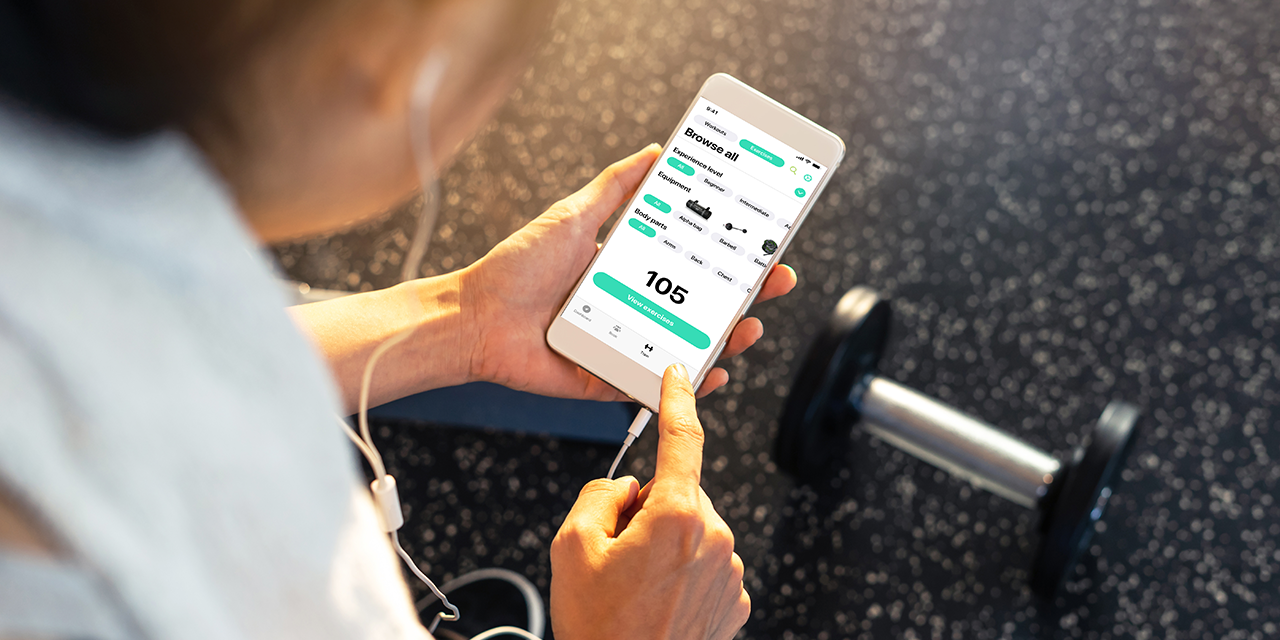
Clubs have continued to evolve their digital offerings. The initial burst of live Zooms to drive member engagement during lockdown has given way to a more sophisticated proposition. Clubs are realising that the best way to obtain mindshare at-home is to drive traffic to channels their members are already familiar with: their existing member management apps and websites. Here, it’s a mix of live and on-demand classes, with local instructor talent and improving production standards beginning to create compelling content.
on-site fitness is a habit and, based on the nz experience, your members will return
This digital approach for clubs in NZ is less about taking the clock back to January and more about meeting the challenge of those mega-trends: ‘digital everywhere’ and COVID. COVID might be less a trend than a curse, but we can’t deny its impact. It’s undoubtedly poured accelerant on some parts of the fitness industry, teaching consumers that they are capable of working out at home, that a virtual workout can be as good as in-person, and that the economics of a club membership isn’t really economic if you don’t actually go. With these lessons in mind, the only sensible action is to follow your members to where they live: at home and on a device.
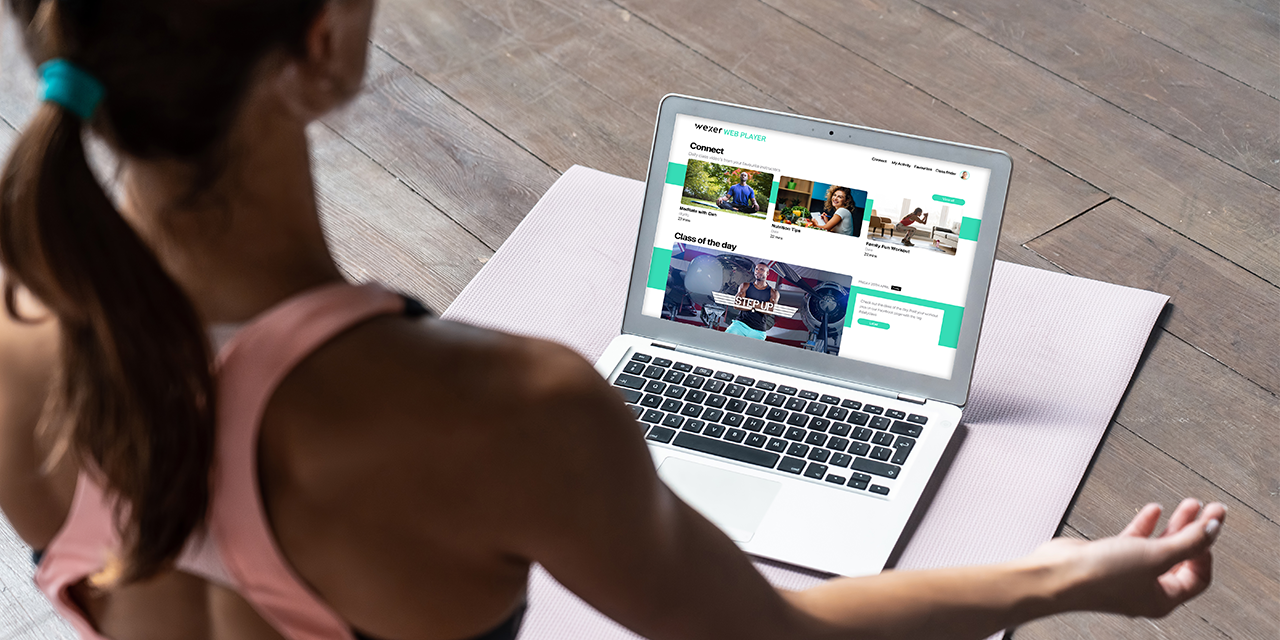
Old habits die hard, but…
An observation from New Zealand’s current truce with COVID is that the behaviour change it has created isn’t evenly spread. In some respects, our human elasticity pulls us back to familiar shapes: we shake hands, we hug friends, we easily forget the new normal. In other areas, you can identify where habits have changed: flexible working feels here to stay, online exams for university students are being rolled out even as lectures are still taking place in person, video calls rather than in-person meetings are becoming default for those ‘business as usual’ work catch-ups.
For fitness clubs, this is mostly good news. On-site fitness is a habit and, based on the NZ experience, your members will return. Improved hygiene standards might be something that comes with it, but as long as we feel safe and restrictions are lifted, the social interaction and experience of a gym will pull us back.
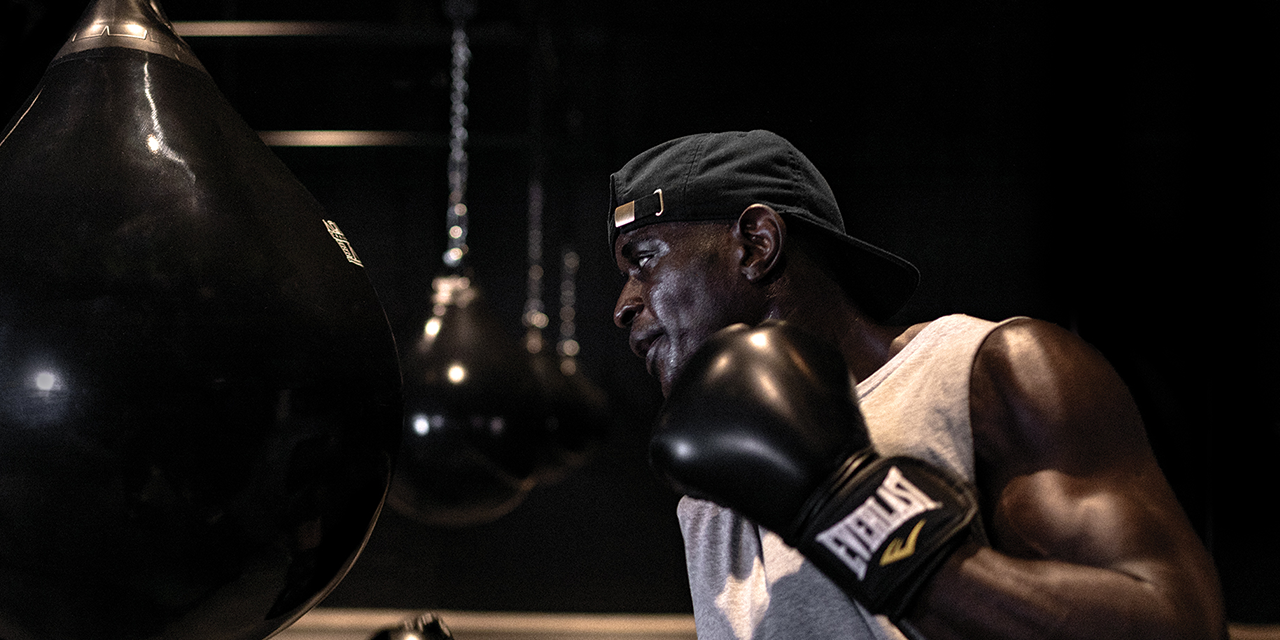
A key difference for clubs to figure out, as we move through COVID, is an understanding of the needs of members outside of the gym. That means supporting their desire to work out at home, developing a proposition that can engage and attract current (and former) members at the same time. There is competition here for mindshare; clubs have to combine their instructor talent, brand and member loyalty to create a digital proposition that’s attractive and adds value.
The New Zealand COVID experience is the result of circumstance, a little good fortune, excellent planning and exceptional leadership. These are qualities we all ought to consider as we plan out the next few years. I’m confident that the future looks good for the industry: we just need to understand what has changed and adapt accordingly.

About the author
Sam Aldred is head of APAC for digital fitness expert Wexer, having joined the company in September from his previous role as head of virtual products at Les Mills International. Sam brings with him a wealth of digital experience from a 15-year digital career spanning everything from music to TV, and is now applying that insight to virtual fitness.

Conceived, powered and funded by BODY BIKE®, RIDE HIGH has a simple mission: to celebrate and champion the very best of indoor cycling, sharing ideas, stories and experiences from around the world to inspire the sector on to even bigger and better things. Subscribe for free by leaving your details below and we'll send indoor cycling's hottest news direct to your inbox three times a year.


